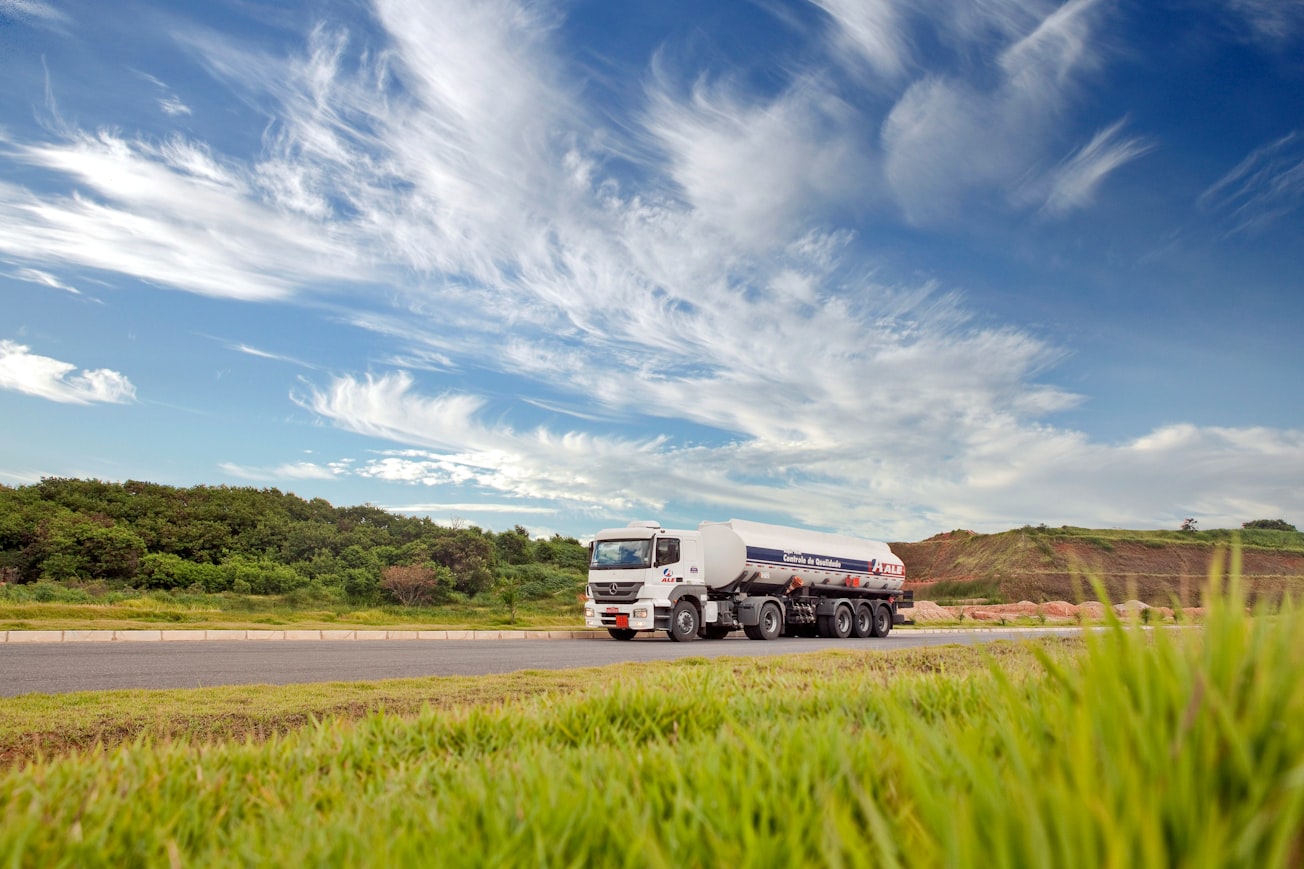What is it about?
‘Renewable feedstocks’ are sources of fuel that can be quickly regrown or reproduced. Examples include food waste, materials left over from farming or forestry, or specially grown ‘energy crops’. These all produce low levels of greenhouse gases so they are considered ‘low carbon’. They can help us stop using fossil fuels such as coal, oil and natural gas. This project used food and water waste to produce ‘biohydrogen’ (bioH2 or H2). It only took 48 hours to produce the biohydrogen from the feedstock. Biohydrogen can be used as a clean fuel.
Featured Image

Photo by ALE SAT on Unsplash
Why is it important?
This study showed that we can turn food waste into fuel. It also showed that it is better for the environment to make biohydrogen from food waste than to make it from scratch. This sort of process will help us reduce carbon emissions. Reusing waste also helps us reduce our use of natural resources. KEY TAKEAWAY: Scientists have found an economical approach to generating clean biofuels in an environmentally friendly manner. This research relates to the following Sustainable Development Goals: • SDG 7: Affordable and Clean Energy • SDG 12: Responsible Consumption and Production • SDG 13: Climate Action
Read the Original
This page is a summary of: Low carbon hydrogen production from a waste-based biorefinery system and environmental sustainability assessment, Green Chemistry, January 2021, Royal Society of Chemistry,
DOI: 10.1039/d0gc03063e.
You can read the full text:
Resources
Climate Change Knowledge Cooperative
Explore the wider collection of climate change research summaries.
SDG Showcase: Goal 7 – Affordable and Clean Energy
More plain language summaries of research relevant to Sustainable Development Goal 7: Affordable and Clean Energy – brought to you by the SDG Knowledge Cooperative
SDG Showcase: Goal 12 – Responsible Consumption and Production
More plain language summaries of research relevant to Sustainable Development Goal 12: Responsible Consumption and Production – brought to you by the SDG Knowledge Cooperative
SDG Showcase: Goal 13 – Climate Action
More plain language summaries of research relevant to Sustainable Development Goal 13: Climate Action – brought to you by the SDG Knowledge Cooperative
RSC Sustainable Development Goals Showcase
More plain language summaries from RSC relevant to Sustainable Development Goals
SDG Knowledge Cooperative
More plain language summaries of research relevant to all the Sustainable Development Goals.
Royal Society of Chemistry Climate Change Showcase
More plain language summaries from RSC relevant to Climate Change
Contributors
The following have contributed to this page







